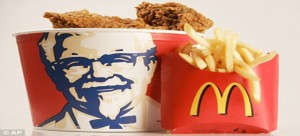1. You can Hypnotize Chickens
A chicken can be hypnotized, or put into a trance by holding its head down against the ground, and continuously drawing a line along the ground with a stick or a finger, starting at its beak and extending straight outward in front of the chicken.
If the chicken is hypnotized in this manner, it will remain immobile for somewhere between 15 seconds to 30 minutes, continuing to stare at the line.
2. You can have an erection once dead
A death erection (sometimes referred to as "angel lust") is a post-mortem erection which occurs when a male individual dies vertically or face-down – the cadaver remaining in this position. During life, the pumping of blood by the heart ensures a relatively even distribution around the blood vessels of the human body. Once this mechanism has ended, only the force of gravity acts upon the blood. As with any mass, the blood settles at the lowest point of the body and causes edema or swelling to occur; the discoloration caused by this is called lividity.
3. Your hand can have a life of it's own
Alien hand syndrome (or Dr. Strangelove syndrome) is an unusual neurological disorder in which one of the sufferer's hands seems to take on a life of its own.
AHS is best documented in cases where a person has had the two hemispheres of their brain surgically separated, a procedure sometimes used to relieve the symptoms of extreme cases of epilepsy. It also occurs in some cases after other brain surgery, strokes, or infections. The HAND is after you!
4. Don't laugh too much, it can kill you
Fatal hilarity is death as a result of laughter. In the third century B.C. the Greek philosopher Chrysippus died of laughter after seeing a donkey eating figs (hey, it wasn't THAT funny).
On 24 March 1975 Alex Mitchell, a 50-year-old bricklayer from King's Lynn, England, literally died laughing while watching an episode of The Goodies. According to his wife, who was a witness, Mitchell was unable to stop laughing whilst watching a sketch in the episode "Kung Fu Kapers" in which Tim Brooke-Taylor, dressed as a kilted Scotsman, used a set of bagpipes to defend himself from a psychopathic black pudding in a demonstration of the Scottish martial art of "Hoots-Toot-ochaye". After twenty-five minutes of continuous laughter Mitchell finally slumped on the sofa and expired from heart failure. His widow later sent the Goodies a letter thanking them for making Mitchell's final moments so pleasant.
5. A weapon could make you Gay
Gay bomb is an informal name for a potential non-lethal chemical weapon, which a U.S. Air Force research laboratory speculated about producing.
In one sentence of the document it was suggested that a strong aphrodisiac could be dropped on enemy troops, ideally one which would also cause "homosexual behaviour". So that's how they got Saddam!
6. It's true, Men can breastfeed
The phenomenon of male lactation in humans has become more common in recent years due to the use of medications that stimulate a human male's mammary glands.
Male lactation is most commonly caused by hormonal treatments given to men suffering from prostate cancer. It is also possible for males (and females) to induce lactation through constant massage and simulated 'sucking' of the nipple over a long period of time (months).
7. Bart Simpson's Tomacco (half tomato, half tobacco) was possible
A tomacco is originally a fictional hybrid fruit that is half tomato and half tobacco, from the 1999 episode "E-I-E-I-(Annoyed Grunt)" of The Simpsons; the method used to create the tomacco in the episode is fictional.
The tomacco became real when it was allegedly produced in 2003. Inspired by The Simpsons, Rob Baur of Lake Oswego, Oregon successfully grafted a tomato plant onto the roots of a tobacco plant, which was possible because both plants come from the same family.
8. It's OK to have a third nipple
A supernumerary nipple (also known as a third nipple) is an additional nipple occurring in mammals including humans. Often mistaken for moles, supernumerary nipples are diagnosed at a rate of 2% in females, less in males. The nipples appear along the two vertical "milk lines" which start in the armpit on each side, run down through the typical nipples and end at the groin. They are classified into eight levels of completeness from a simple patch of hair to a milk-bearing breast in miniature.
9. You can die on the Toilet
There are many toilet-related injuries and some toilet-related deaths throughout history and in urban legends.
In young boys, one of the most common causes of genital injury is when the toilet seat falls down while using the toilet.
George II of Great Britain died on the toilet on 25 October 1760 from an aortic dissection. According to Horace Walpole's memoirs, King George "rose as usual at six, and drank his chocolate; for all his actions were invariably methodic. A quarter after seven he went into a little closet. His German valet de chambre in waiting heard a noise, and running in, found the King dead on the floor."
10. Picking one's nose and eating it might be healthy
Mucophagy (literally mucus-eating, also referred as picking one's nose and eating it) is the consumption of the nasal mucus, boogers, and other detritus obtained from nose-picking.
Some research suggests that mucophagy may be a natural and even healthy activity, which exposes the digestive system to bacteria accumulated in the mucus, thereby helping to strengthen the immune system.
So what crazy science stuff do you know? Comment it!
- Reference/Source: 2spare.com
























 1 | Moodstream | Getty Images
1 | Moodstream | Getty Images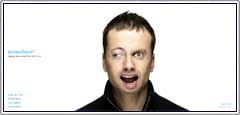 2 | Monoface
2 | Monoface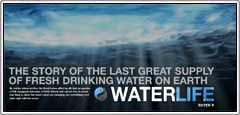 3 | Waterlife
3 | Waterlife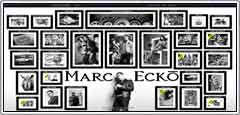 4 | Marc Ecko
4 | Marc Ecko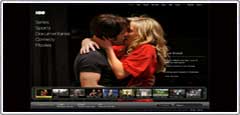 5 | HBO - Home Box Office
5 | HBO - Home Box Office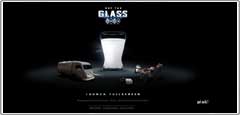 6 | Get The Glass
6 | Get The Glass 7 | AgencyNet Interactive
7 | AgencyNet Interactive 8 | 2Advanced Studios
8 | 2Advanced Studios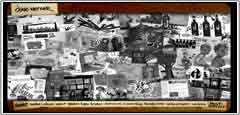 9 | Dave Werner's Portfolio
9 | Dave Werner's Portfolio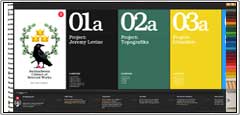 10 | Section Seven Inc.
10 | Section Seven Inc.



